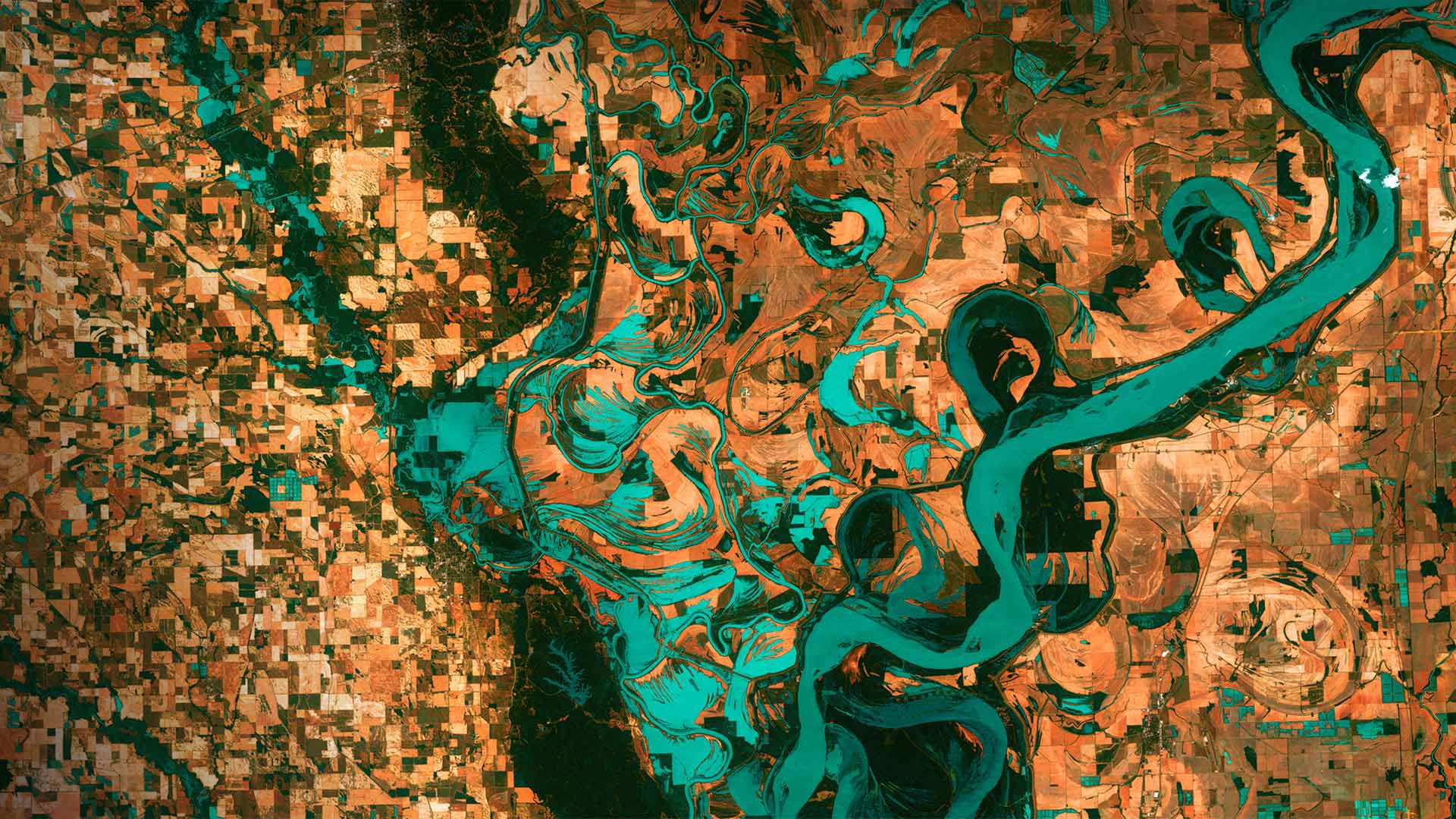Extreme weather events, such as hurricanes, floods, droughts, and wildfires, are becoming increasingly common and the impact on communities is severe. These extreme weather events have devastating effects on both human and natural systems, leading to loss of life, destruction of property, disruption of livelihoods, and negative impacts on mental and emotional well-being.
The frequency and intensity of extreme weather events are exacerbated by climate change, as rising global temperatures lead to more heatwaves, heavy rainfall, and sea level rise. The result is that communities are facing more frequent and severe weather events, causing widespread damage and upheaval.
One of the most significant impacts of extreme weather on communities is the damage to infrastructure. Roads, bridges, and buildings are often destroyed or damaged beyond repair, making it difficult for people to access essential services such as healthcare, education, and food supply. This can lead to displacement, as people are forced to leave their homes and seek shelter elsewhere.
Extreme weather also has a significant impact on the economy of communities. In the aftermath of a hurricane or flood, businesses may be forced to close, leading to loss of income and increased poverty. Agriculture is also severely affected, with crops destroyed by drought or floodwaters. This can lead to food shortages and increased prices, further exacerbating the impact on the community.
The impact on communities’ physical and mental health is also significant. In the immediate aftermath of an extreme weather event, there is a risk of injury and illness due to the destruction of infrastructure and the disruption of services. In the long term, the stress and trauma of experiencing such events can have a lasting impact on mental health and well-being.
In addition to the immediate impacts, extreme weather events can also have long-term effects on communities. For example, sea level rise can lead to the loss of coastal communities and erosion of land. This loss of homes and livelihoods can have a profound impact on the affected communities, leading to social and economic dislocation.
In response to the growing impact of extreme weather on communities, there is a need for increased investment in resilience and adaptation measures. This includes building better infrastructure that can withstand extreme weather events, developing early warning systems to alert communities to potential dangers, and implementing measures to protect natural ecosystems. Additionally, efforts to mitigate climate change and reduce greenhouse gas emissions are essential in preventing the worst impacts of extreme weather in the future.
Extreme weather events are a growing threat to communities around the world. The impact is wide-ranging, affecting infrastructure, economy, and human health. As these events become more frequent and severe, it is essential that communities and governments take proactive steps to adapt and build resilience in order to minimize the impact on the most vulnerable. Only through concerted efforts can we hope to mitigate the impact of extreme weather events on communities and build a more sustainable and resilient future.







